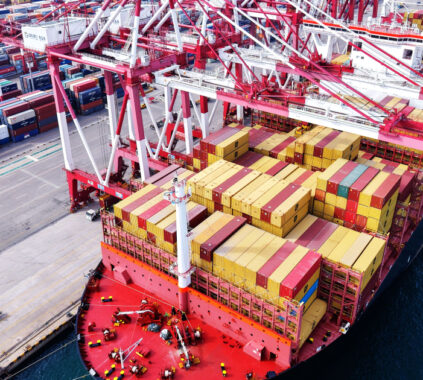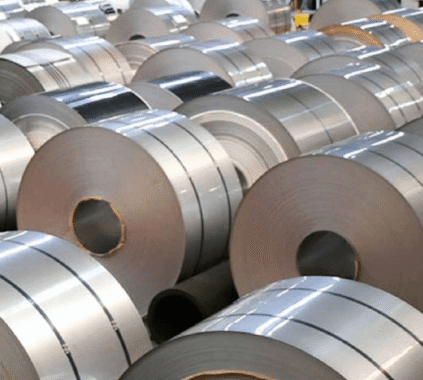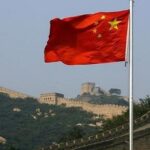China is deploying a large fleet of civilian cargo ships and ferries in exercises off its coast, rehearsing scenarios for a possible landing in Taiwan, according to a Reuters investigation based on satellite images and ship tracking data.
According to Reuters, in the summer of 2025, at least 12 civilian ships — six car ferries and six deck cargo ships — participated in landing maneuvers on a beach near the town of Jiesheng in Guangdong province. Satellite images captured the unloading of hundreds of military vehicles directly onto the coast via ramps, without the use of port infrastructure.
Experts interviewed by the agency note that the civilian fleet could become a key element in a possible operation against Taiwan: according to current estimates, the PLA Navy and Marine Corps currently have enough landing ships and boats to transport approximately 20,000 troops with equipment in the first wave of the landing, while a full-scale invasion would require between 300,000 and 1 million troops, according to various estimates.
The investigation indicates that the use of civilian vessels is part of a broader “shadow fleet” strategy that allows the PRC to dramatically increase its landing and transport capabilities while making it more difficult for intelligence agencies to assess the scale of its preparations. According to Reuters, more than 100 civilian vessels have been tracked that are involved in military exercises or belong to companies that regularly participate in such maneuvers.
The article cites assessments by former Taiwanese Armed Forces Commander Li Shimin and other military experts, who call the rehearsal of landings involving the civilian fleet a “significant step” toward the formation of real invasion plans. At the same time, Taiwanese officials point to the vulnerability of such ships to anti-ship and portable missiles and view the demonstrative exercises as part of a “cognitive war” aimed at exerting psychological pressure on Taipei and its partners.
Reuters emphasizes that, despite the build-up of capabilities, it remains unclear whether the PLA is ready for a real amphibious operation across the Taiwan Strait: the scale of the invasion is difficult to conceal, and weather conditions, the island’s coastal terrain, and the potential response of the US and its allies make such a scenario extremely risky.
Reference from Experts Club: Comparison of the military capabilities of China and Taiwan (estimates for 2025)
According to open estimates (GlobalFirepower, Taiwan Ministry of Defense, budget data): Number of active military personnel
China: approximately 2.0–2.1 million (active PLA personnel).
Taiwan: nearly 230,000.
Ratio: approximately 8–9 to 1 in favor of China.
Reserves and mobilization resources
China: approximately 510,000 reservists + large paramilitary formations.
Taiwan: approximately 2.3 million reservists with a significantly smaller population, relying on a massive reserve.
Air Force (general aviation)
China: about 3,300 aircraft, including about 1,200 fighters.
Taiwan: about 760 aircraft, about 280–300 fighters.
Fighter ratio: about 4–5 to 1 in favor of China.
Navy (combat ships)
China: about 750 ships and boats, including 3 aircraft carriers, dozens of destroyers and frigates, and more than 60 submarines.
Taiwan: approximately 100 ships and boats, no aircraft carriers, with a limited number of destroyers, frigates, and submarines.
Ratio of fleet units: approximately 7–8 to 1 in favor of China, with an even more significant gap in total tonnage.
Defense budgets (2025)
China: approximately $245–270 billion per year according to official data.
Taiwan: approximately $20–21 billion (approximately 2.45% of GDP).
Ratio: China spends more than 10 times more on defense than Taiwan.
These figures are estimates based on open sources, but overall they reflect China’s significant quantitative superiority, while Taiwan focuses on technological saturation, defense doctrines, and alliances with the US and other partners.
https://www.reuters.com/graphics/USA-CHINA/TAIWAN-INVASION/zjpqdekmlvx/
Last modified: November 23, 2025














 Аналітичні дослідження у сфері макроекономіки, політології, футурології з використанням передових науково-технічних досягнень та методів. Створення відеоконтенту, надалі – документального контенту. Проведення конференцій, консалтинг, розвиток дискусійних майданчиків.
Аналітичні дослідження у сфері макроекономіки, політології, футурології з використанням передових науково-технічних досягнень та методів. Створення відеоконтенту, надалі – документального контенту. Проведення конференцій, консалтинг, розвиток дискусійних майданчиків.